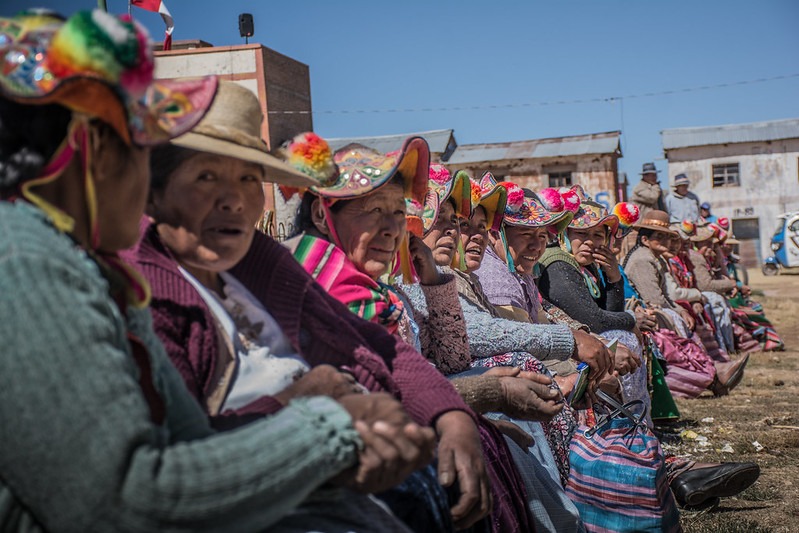It is a repeated theme ad nauseam that our State fails to serve its citizens. That public services are precarious and limited. That there is no State in the places where there should be a government presence. And that the centralist model of political-economic organization is a model that simultaneously privileges some and excludes others. It is a form of organization that reproduces inequalities. But not only that. The national state design is assembled in response to a western and foreign ideal, alien to our socio-cultural and historical reality. Let’s see some cases.
We are a country with linguistic diversity that has not produced an educational and cultural system that meets that potential or that effectively values our ancestral languages. We are a country with differentiated territories and climates that have not produced a state response and adaptation in accordance with this peculiarity. Then, we are a country with a thousand-year-old community tradition that is expressed in the cultural, economic and productive world, but that has not been able to institutionalize or take advantage of that inclination for community rights and collective collaboration. We are a country that intensely values and practices traditional Andean and Amazonian medicine, but the State does not incorporate it into the official health system or promote its scientific research. We are a country that contains stories, events, characters and transcendental processes that are not part of the official narrative of history and remain unknown to the vast majority.
Thus, we are a country with historical practices of community justice, but the established legal order does not incorporate them and rather treats them with disdain. We are a country with a monumental cultural wealth that has taken decades to create a ministry of culture and wastes the wonderful tourist resources of the country. Or we are a country with thousands of small entrepreneurs and microentrepreneurs that have not produced a comprehensive system of technical and financial support to stimulate their productivity and national growth. We are a country with a holistic, contextual and functional spirituality that eludes the ingrained ethic of industriousness and ritual.
We are a country with a wide range of natural resources that is only committed to extractivist and transnational economic activity. And we are a country with a diversity of food products of high nutritional value that turns its back on food sovereignty. We are a structurally heterogeneous country in which practices from different civilizational matrices coexist, but the State favors a monocultural and homogenizing approach.
All these national characteristics and potentialities and others are not institutionalized, they are not part of the design of the State. As if we wanted to hide them, as if they were left over. As if the objective would be to be what we are not or to adopt successful models that correspond to other realities. Apparently, a large part of the tragedy stems from the contemptuous gaze against the internal nation: a powerful symbolic and self-conscious support of the centralist model.
It is about redesigning state institutions considering our national reality. Integration and the dreamed of social cohesion will be achieved by building institutions that seek dialogue. That is, the meeting of cultures, knowledge, spiritualities, territories and ideals. A difficult task that implies breaking down our old habits of suspicion and mistrust: the Gordian knot of our coexistence.
ANDl Owl, for more news also follow us on our social networks:

